The scorched plains of Arrakis are calling us back, and as we slip into our stillsuits and prepare to ride the cinematic sandworm all over again, Denis Villeneuve’s Dune: Part Two is here. 2021’s Dune only adapted part of Frank Herbert’s 1965 novel, leaving plenty of meat on the bones for an epic concluding chapter.
For those who skipped out on Villeneuve’s first movie or simply need to brush up on all things Herbert, we’d recommend reading up on who is who and what is what in the Duniverse before going into Part Two. Don’t worry if you struggle to tell your Mahdi from your Muad’Dib because we’ve got you covered with our “Dune for Dummies” 101.
Arrakis
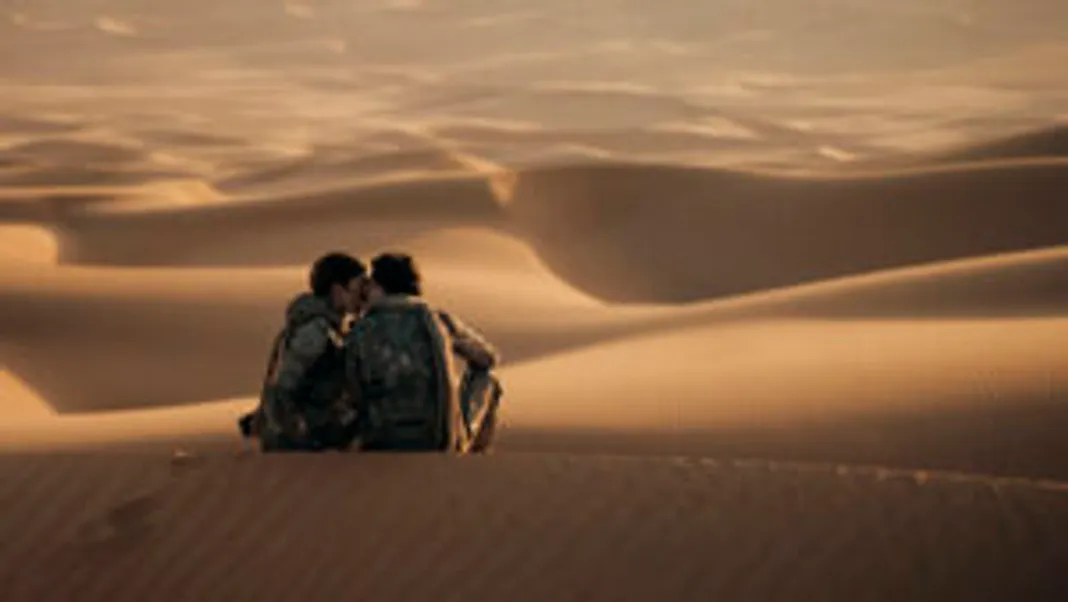
Although we visit a lot more planets in Dune: Part Two, the action is again largely confined to Arrakis. This war-torn planet is the only known depository of spice in the galaxy, meaning it’s been fought over for centuries.
This inhospitable planet is on the outskirts of the Imperium and is known for its sprawling deserts of sand — hence, its alternate name of Dune. The first movie started with House Atreides answering the call of Emperor Shaddam IV and relocating to Arrakis to replace House Harkonnen as its fiefholder.
Despite its barren landscape, Arrakis supports indigenous life, flora, and fauna that have all adapted to its harsh conditions. Dune ended with House Harkonnen attacking the capital of Arrakeen and overthrowing the Atreides. It’s here we pick up Part Two.
Buy Tickets to Dune: Part 2 HERE
Spice melange
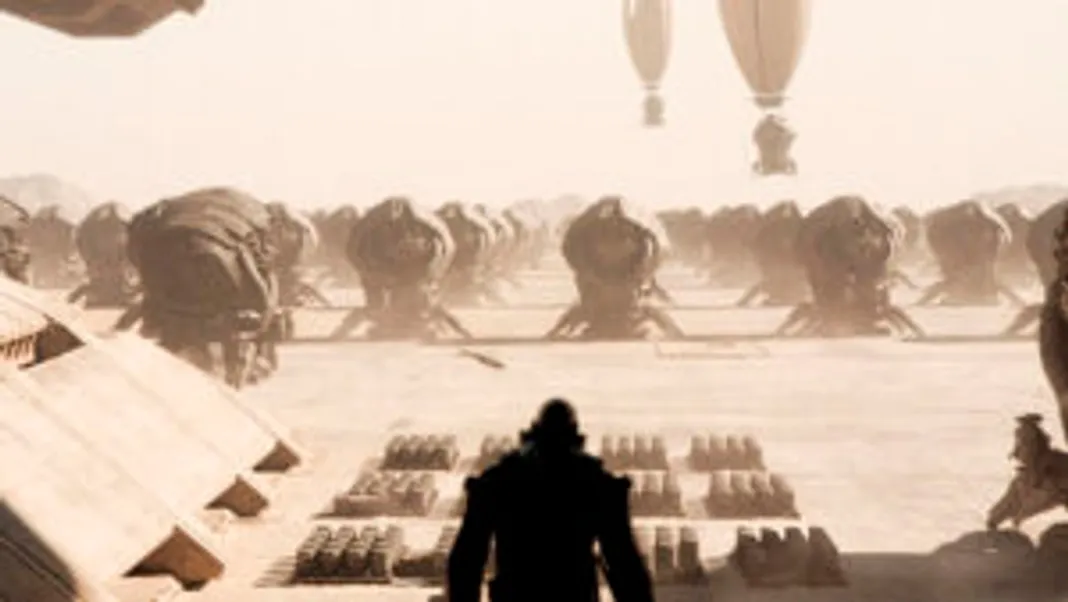
Spice melange makes the world go round in Dune, with the hallucinogenic drug having healing properties, helping extend lifespan, and even unlocking precognition in some. It’s an especially valuable commodity because spice powers intergalactic travel.
Prolonged usage of spice leads to the signature blue eyes of the Fremen, but in larger doses, it can prove lethal. Withdrawal from spice has to be a slow process because it could be fatal. Remembering that Dune was first released in the ‘60s, spice is thought to be a fictionalized version of real-life drugs like LSD.
Spice is harvested from the surface of Arrakis, but with heavy machinery usually being involved, it often attracts the Sandworms to attack. By the time we get to Dune, spice is being heavily controlled by the Emperor, and space travel is limited.
Buy Tickets to Dune: Part 2 HERE
House Atreides
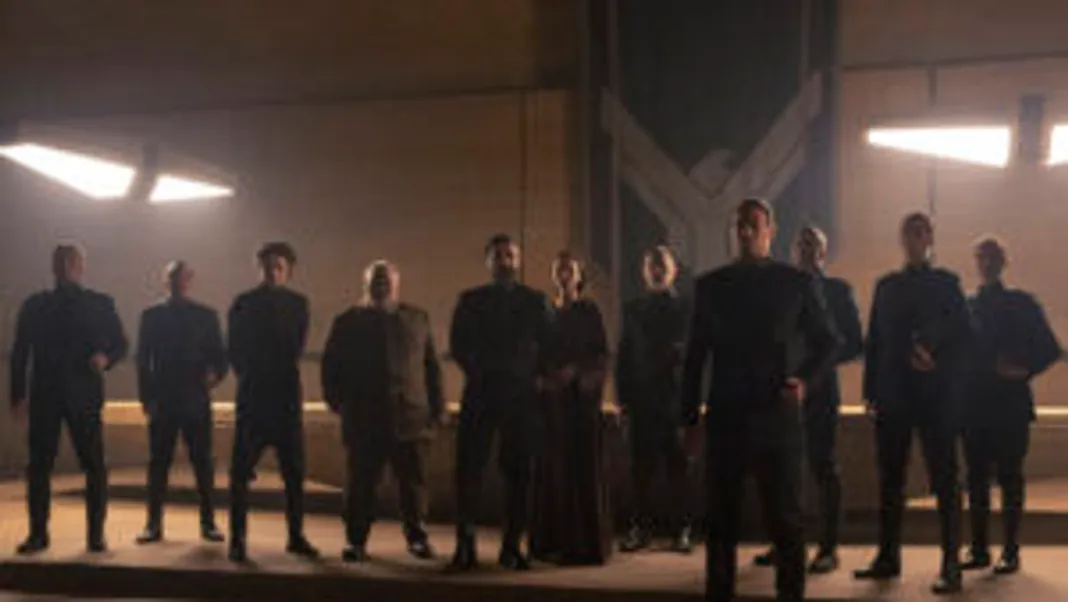
The core of the Duniverse is House Atreides. One of the many Great Houses, the Atreides relocated from their home planet of Caladan to Arrakis in Dune: Part One. Paul is the only son of Jessica (Rebecca Ferguson) and Leto (Oscar Isaac), with the latter perishing toward the end of the first movie.
Part Two picks up with Paul and Jessica now living among the Fremen. With Paul revered as some sort of spice messiah, Jessica is promoted to Reverend Mother of the Fremen and sets about spreading the word of Paul across the galaxy.
These aren’t the only Atreides we see, and as most assume Paul is dead, the last three Atreides men meet their maker at the hands of Feyd-Rautha Harkonnen (Austin Butler). Paul isn’t the house’s only hope, thanks to Jessica being pregnant with his unborn sister, Alia Atreides. Those who’ve read Children of Dune will know Anya Taylor-Joy’s Alia will play a very important part in the third movie.
Buy Tickets to Dune: Part 2 HERE
House Harkonnen
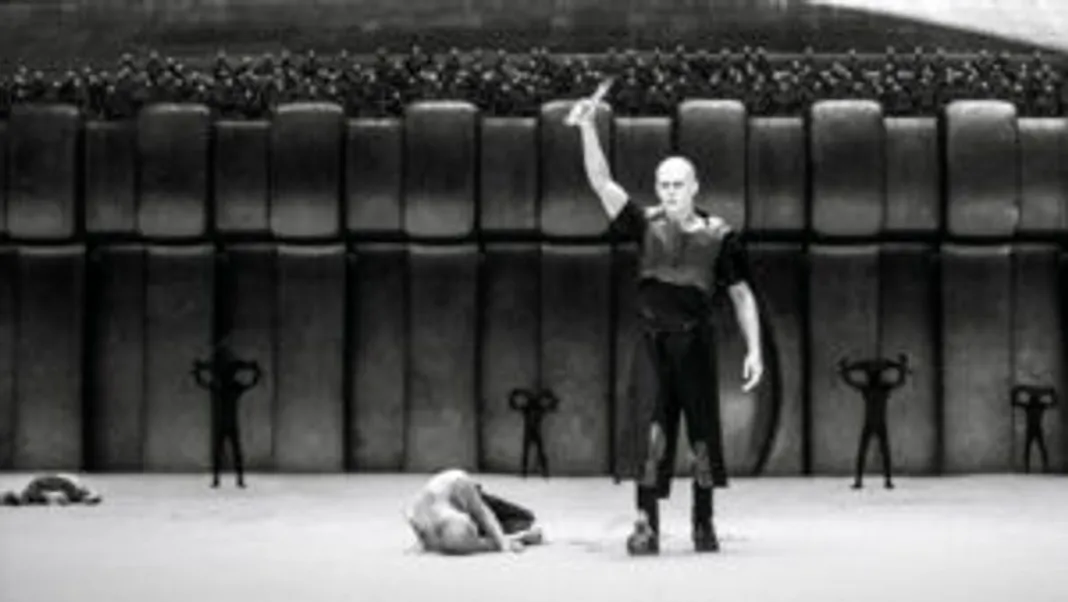
House Harkonnen are an albino band of bald brutes who’re seen as the villains of the first two Dune movies. Ruled by the tyrannical Baron Vladimir (Stellan Skarsgård), House Harkonnen descends from what was Finland on ancient Earth and are long-term enemies of House Atreides.
Aside from the Baron, Dune: Part Two sees the return of Dave Bautista as his nephew, Glossu Rabban Harkonnen. New to the mix is Rabban’s unhinged younger brother, Feyd-Rautha, who is declared as the Baron’s successor.
We get to visit the Harkonnen homeworld of Giedi Prime for one of Part Two’s best scenes — set in a monochrome colosseum. While House Harkonnen nearly goes extinct, we know the bloodline will continue in the form of Léa Seydoux’s Lady Margot Fenring carrying Feyd-Rautha’s child.
Buy Tickets to Dune: Part 2 HERE
Fremen
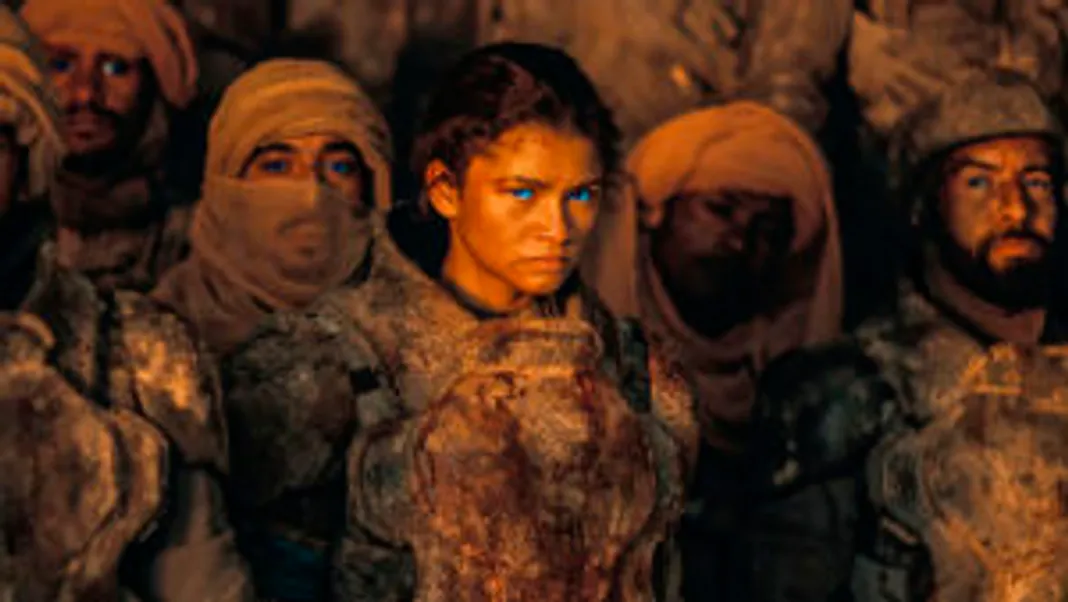
It’s not just ancient houses warring over the throne, as multiple other factions are in play here. Namely, the Fremen of Arrakis are caught in the crossfire of the Great Houses and their political problems.
Arrakis’ natives have learned to live off the desert and are known for their blue eyes and fearsome fighting skills. The most skilled of these fighters are the Fedaykin. There are thousands of Fremen hiding in sietches (communes) across Arrakis, largely split between the North and the fundamentalist Fremen of the South.
Religion and prophecy unite the Fremen, and when one of their own dies, they recycle the water from their body and place it in a sacred pool that can’t be drunk from. Alongside Javier Bardem’s Naib Stilgar, the other most important Fremen in Part Two is Zendaya’s Chani. As well as being Paul’s love interest, Chani is a major feature of his visions.
Buy Tickets to Dune: Part 2 HERE
Stillsuit
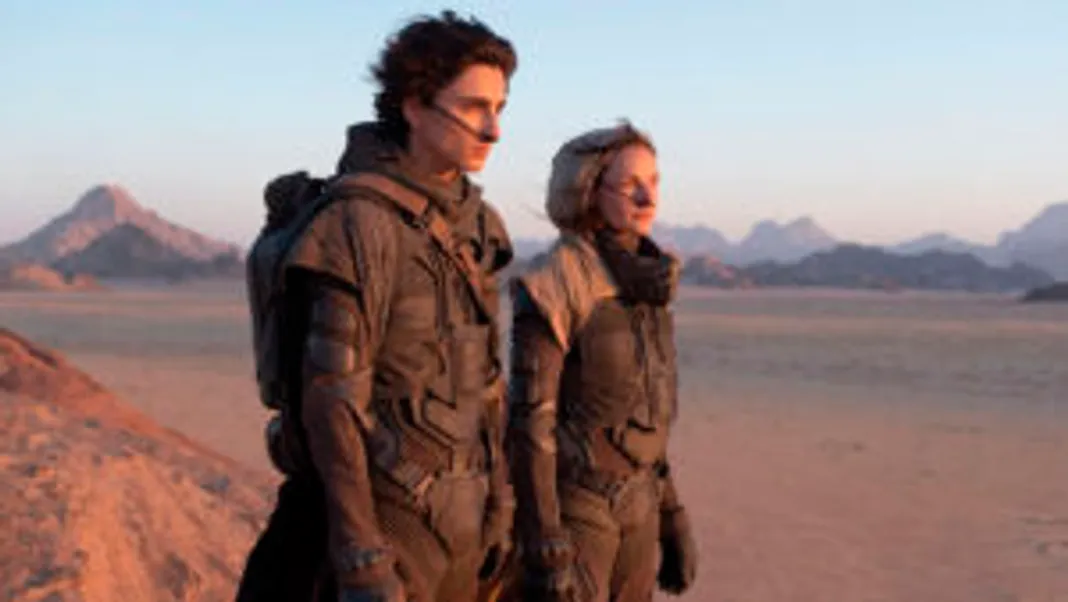
The surface of Arrakis can be an inhospitable place, but there’s a reason the Fremen have been able to survive. When out on Arrakis, a stillsuit is used to preserve the body’s moisture.
A stillsuit’s many layers absorb sweat and urine, filtering them through catchpockets and recycling them into drinkable water. Even though you can survive for weeks in the desert, it’s still important to conserve water.
Later on in Herbert’s novels, the progress of Arrakis’ transformation into an oasis was calculated by when Fremen no longer needed to wear stillsuits when in the open air.
Buy Tickets to Dune: Part 2 HERE
Sandworm

Even those who’ve never seen a Dune movie will know about the giant Sandworms. Known as the Shai-Hulud to the Fremen, these giant creatures aren’t just a threat to life on Arrakis. Making their way around underground and then bursting to the surface to attack spice harvests, few realize that Sandworms actually produce spice when their bodies break down.
Fremen have learned how to wrangle Sandworms and travel across the surface of the planet on them, leading to some of the franchise’s most iconic scenes. It’s also the Sandworm that secrete the sacred Water of Life, and because of this, they’re revered as gods by the Fremen.
Herbert was inspired by the dragons of European mythology for the Sandworms, with Beowulf’s dragon being a particular reference point. Sandworms have become synonymous with Dune, having novels named after them and appearing on many covers. More recently, the viral Dune: Part Two popcorn bucket has fans seeing Sandworms in a completely different life.
Buy Tickets to Dune: Part 2 HERE
Kwisatz Haderach
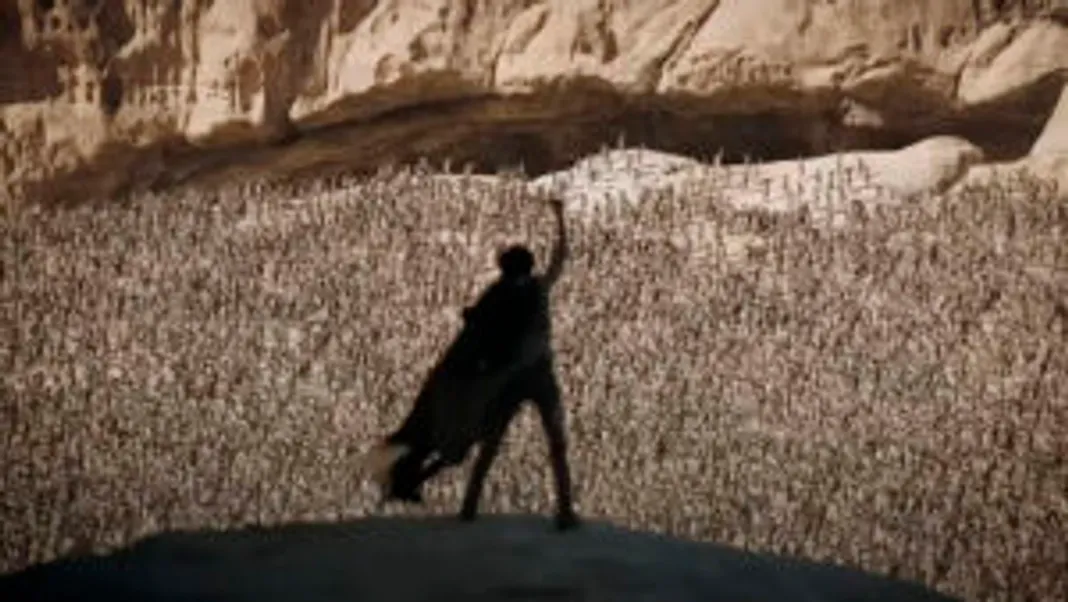
Seen as some religious savior, the name Kwisatz Haderach is an old Chakobsa term that translates as “Shortening of the Way”. The Kwisatz Haderach is a male Bene Gesserit that the order has been trying to create through selective breeding for 10,000 years.
The original plan was to breed Leto and Jessica’s daughter with Feyd-Rautha, but that obviously didn’t work. Bene Gesserit Reverend Mother Gaius Helen Mohiam (Charlotte Rampling) chastises Lady Jessica for having Paul in Part One, telling her, “You were told to bear only daughters, but you and your pride thought you could produce the Kwisatz Haderach.”
As the Bene Gesserit can only access the female memories of their ancestors, it’s thought the Kwisatz Haderach will inherit maternal and paternal knowledge, which could then be used by the Bene Gesserit. Although Paul looks like he’ll be the Kwisatz Haderach, there have been others. Dune: Part Two notably axes the character of Count Fenring (possibly played by Tim Blake Nelson), who was a genetic failure at creating the Kwisatz Haderach.
Buy Tickets to Dune: Part 2 HERE
Muad’Dib
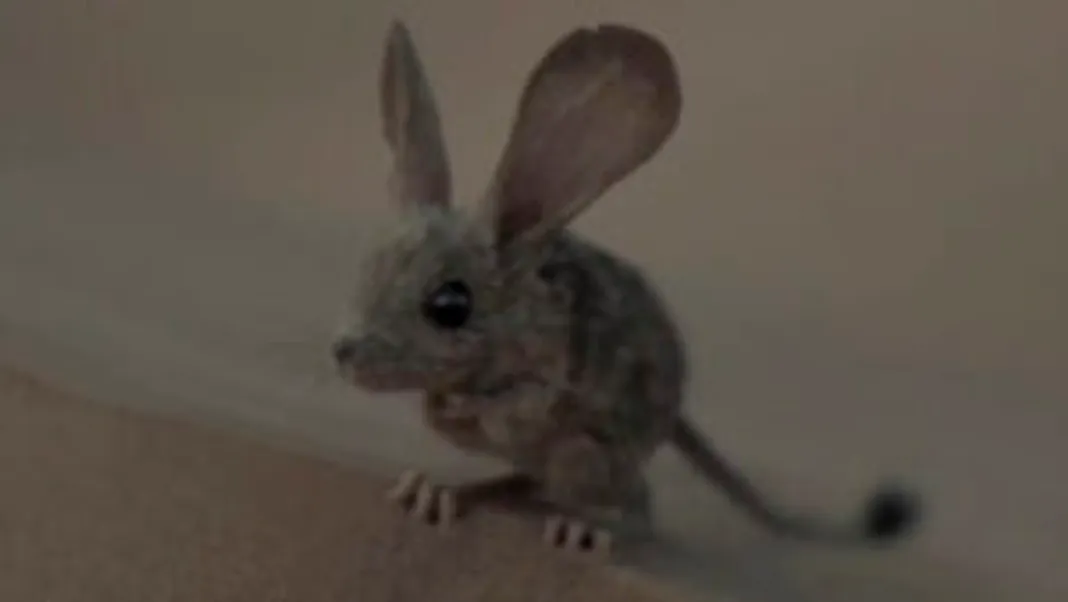
A name that you’ll hear a LOT of in Dune: Part Two is Muad’Dib. Paul goes by many names by the end of the movie, with him largely dropping his fate as Duke of Caladan and taking the monikers of Usul or Paul Muad’Dib. A Maud’Dib is a kangaroo mouse native to Arrakis.
The Maud’Dib has important imagery in Part Two, representing the small but agile Paul Atreides and how he’s underestimated. Stilgar praises Paul for taking Maud’Dib as a name, and before long, word of his escapades have travelled to the Emperor and the Baron.
The Fremen name a constellation Muad’Dib, and with its tail containing a star that points true north, they dub it “The One Who Points the Way.” Unfortunately, Paul adopting the name Maud’Dib is the start of his downfall, with those who’ve read the books know that him pointing the way is a dangerous path for the Fremen to follow.
Buy Tickets to Dune: Part 2 HERE
Bene Gesserit
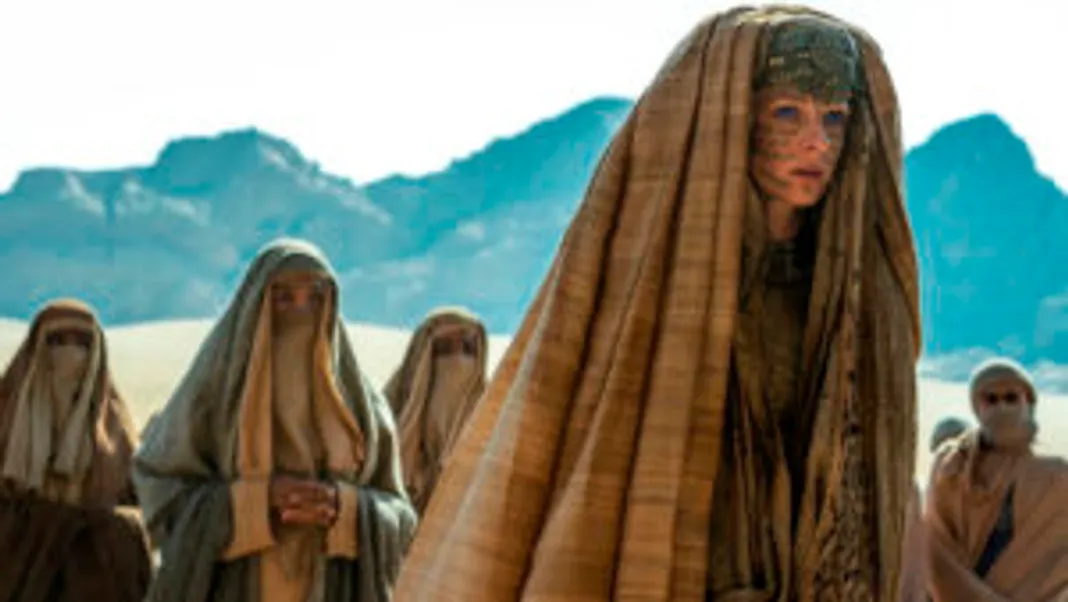
The all-female order of puppet masters in the Duniverse is the Bene Gesserit. This ancient sect is supposed to push humanity toward prosperous evolution and has foretold the arrival of the Kwisatz Haderach, although we know things aren’t exactly going smoothly.
Aside from Mohiam, their ranks are Ferguson’s Jessica, Seydoux’s Lady Fenring, and Florence Pugh’s Princess Irulan. In particular, Dune: Part Two puts the focus on Lady Jessica, painting her as master manipulator who nearly gets Paul killed. Other factions like the Spacing Guild and the Mentats are major players in Herbert’s books, while Villeneuve sidelines them in favor of the Bene Gesserit.
Expect to see a lot more from the shadowy cabal, as a Bene Gesserit-centric spin-off series called Dune: Prophesy is on the way. Set 10,000 years before the events of the first book, Prophesy follows Valya and Tula Harkonnen as they try to save the future of humankind by establishing the Bene Gesserit.
Buy Tickets to Dune: Part 2 HERE
Crysknife

While Star Wars has lightsabers, Dune has crysknives. The signature weapon of the Fremen is crafted from the tooth of a deceased Sandworm Once drawn, a crysknife can’t be put away until it draws blood.
Typically dressed with a fast-acting poison, the crysknife is a deadly weapon that is an important part of Fremen life. They can’t be seen by Outsiders, and if they are, the Outsider must be killed by that very crysknife.
In real life, the Javanese kris dagger is used by the Malay people in modern-day Indonesia and Malaysia. Although it’s mainly employed in the martial art of Silat, it isn’t considered a combat weapon. Like the crysknife, the kris dagger was often poisoned but typically used as an assassination weapon.
Buy Tickets to Dune: Part 2 HERE
Emperor Shaddam IV
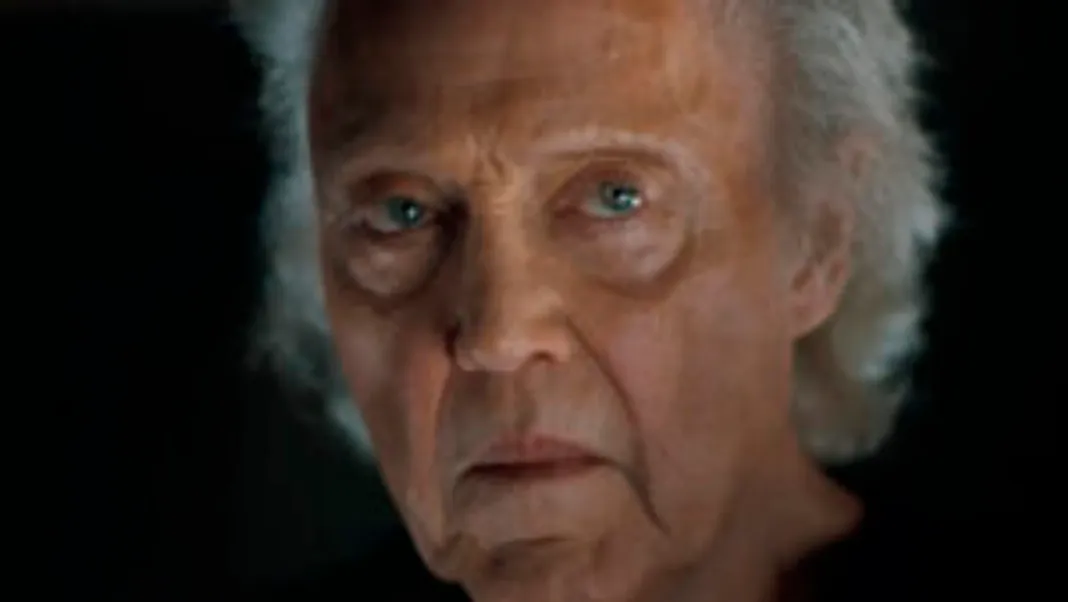
Like any good fantasy epic, there’s an aged ruler sitting at the center. Although mentioned repeatedly in Part One, we finally meet Emperor Shaddam IV in the sequel. Played by the legendary Christopher Walken, Shaddam IV is the Padishah Emperor of the Known Universe and head of House Corrino.
The Emperor governs the Imperium and keeps an alliance between factions including the Bene Gesserit, Great Houses, Spacing Guild, and Mentats. Although Shaddam IV said he thought of Leto as a brother, he also lured him into a trap by replacing the Harkonnens with the Atreides on Arrakis.
The prequel novels flesh out Shaddam IV’s backstory, including Shaddam spiking his mother with contraceptives so she can’t produce a rival heir, the murder of his older brother, and having his father killed by a slow-acting poison. Shaddam IV’s scheming becomes his undoing in Part Two, and when the Fremen easily overpower his Sardaukar warriors, he’s forced to abdicate from the throne.
Buy Tickets to Dune: Part 2 HERE
The Voice
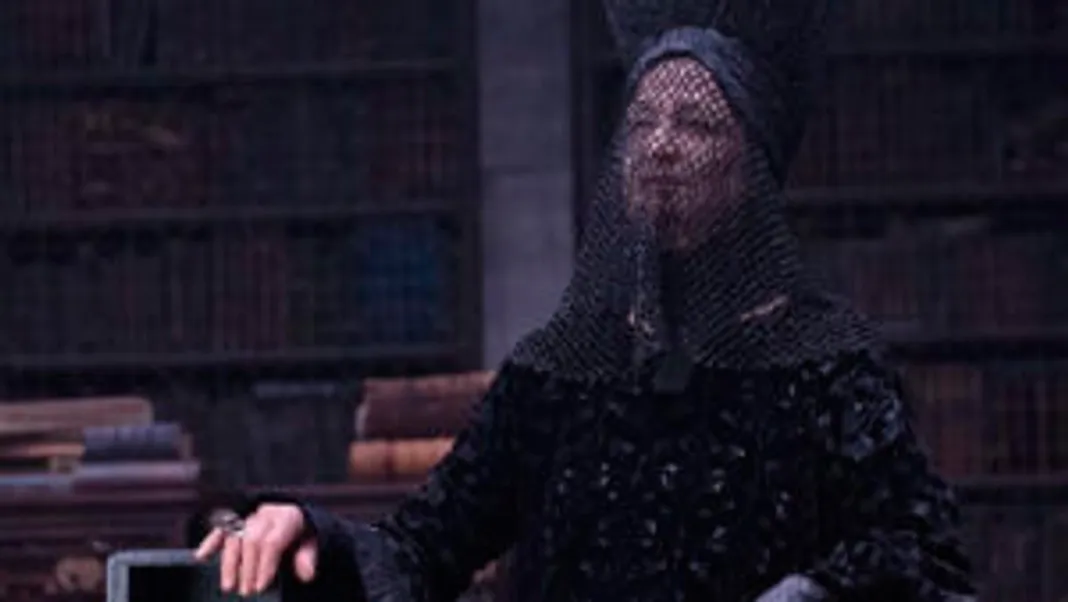
The Bene Gesserit are trained in their use of the Voice. Similar to the Jedi mind tricks of Star Wars, The Voice involves you bending people to your will. While the Atreides side of Paul’s lineage comes with noble titles, it’s his mother’s side that’s more important — especially as Jessica is the daughter of the Baron.
Dune: Part One shows how Jessica has been trying to raise Paul in the ways of the Bene Gesserit, including his feeble attempt at using the Voice. He’s grown a lot by the time we get to Part Two, and although Mohiam is skilled in using the Voice, she’s put in her place by Paul’s increasing power.
Most who are trained in the Voice are resistant to it, although others, like Duncan Idaho (played by Jason Momoa in Part One) are trained against it. Other technologies like the Cone of Silence are useful against the Voice, but as arguably the Bene Gesserit’s most powerful weapon, it can be deadly when given to the wrong person.
Buy Tickets to Dune: Part 2 HERE

Based in Manchester, UK, Tom Chapman has over seven years’ experience covering everything from dragons to Demogorgons. Starting out with a stint at Movie Pilot in Berlin, Tom has since branched out to indulge his love of all things Star Wars and the MCU at Digital Spy, Den of Geek, IGN, Yahoo! and more. These days, you’ll find Tom channelling his inner Gale Weathers and ranting about how HBO did us dirty with Game of Thrones Season Eight.


